HP Stream 7 Review: A $119 Windows Tablet
by Brandon Chester on December 19, 2014 8:00 AM ESTDisplay
The display is one of the most important aspects of a device, as it's the portal for interaction between the user and the software. Unfortunately, with inexpensive devices like the Stream 7, the display is often the first thing to be put on the chopping block. It's simply very difficult to put a high quality panel in a low cost device and make money selling it. That being said, HP has actually attempted to put a decent panel in the Stream 7 considering its price target.
Like I stated before, many other tablets at this size and price point either opt for a TN panel, or they reduce the resolution to 1024x600 or even go lower to 800x480, which is borderline unusable. HP has put a 1280x800 IPS panel in the Stream 7, which is fairly good considering that two years ago most Android tablets of any size shipped with that same resolution. The glass is highly reflective, and this is coupled with the fact that the display isn't laminated. There's also some light bleed at the bottom, but at $119 I can excuse this.
Of course, specs that you read on paper like size and resolution only tell part of the story. Color accuracy, brightness, and contrast all have an impact on overall display quality, and to measure these we use SpectraCal's CalMAN 5 software along with X-Rite's i1Pro 2 spectrophotometer and i1Display Pro colorimeter.
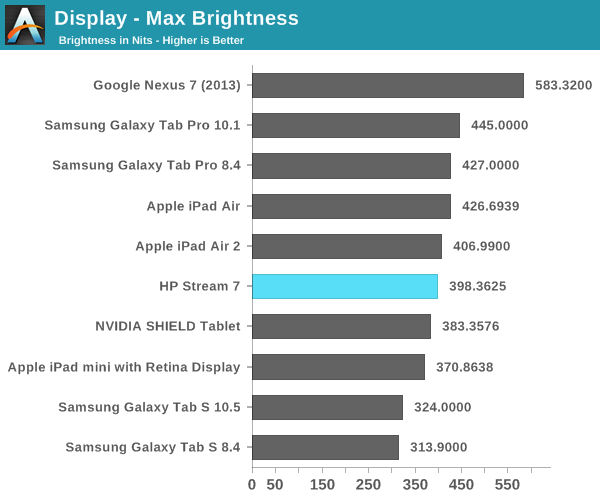
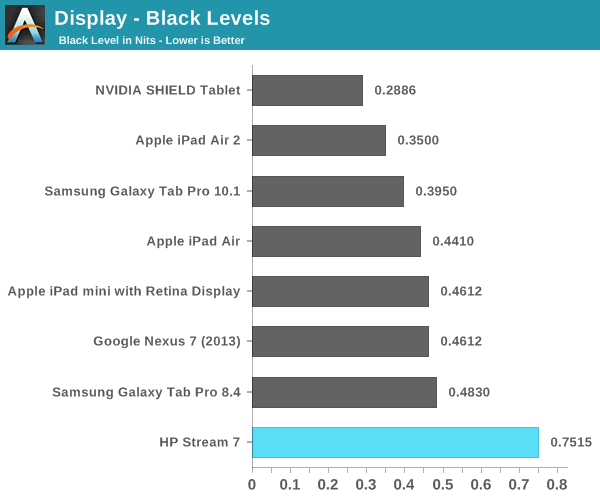
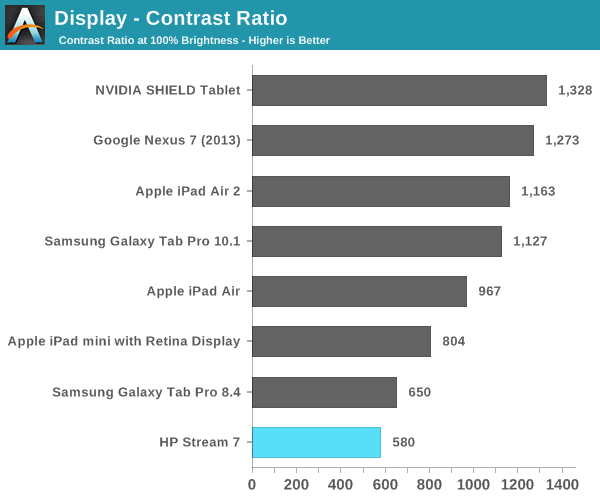
As you can see, the brightness of the Stream 7 is competitive with other tablets. Unfortunately, the black levels are just too high, which in turn leads to a very low contrast ratio. It should be noted that these measurements were achieved by disabling Intel's Display Power Saving Technology (DPST) feature, which causes dynamic brightness and contrast depending on the image displayed on the screen. While some other devices do this to some degree, DPST ended up reducing max brightness measurements by nearly 100nits, and the constantly changing brightness played havoc with measurements during analysis and calibration.


In the grayscale we see a shift toward blue, with the red steadily dropping off as brightness increases. This leads to the grayscale performance being some of the worst we have tested, but at $119 there's really no room for HP to do any calibration to the display panels at the factory.
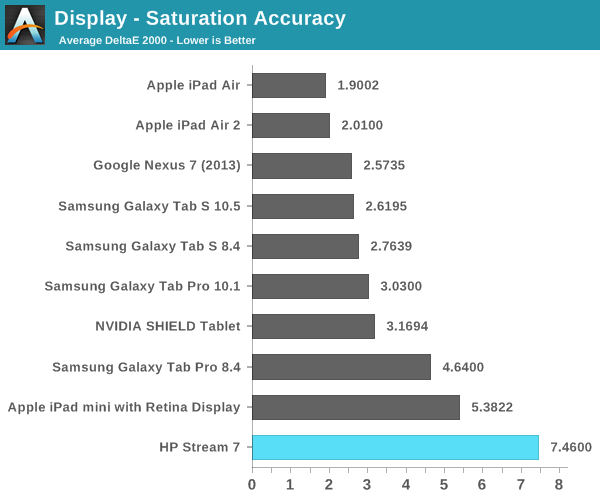
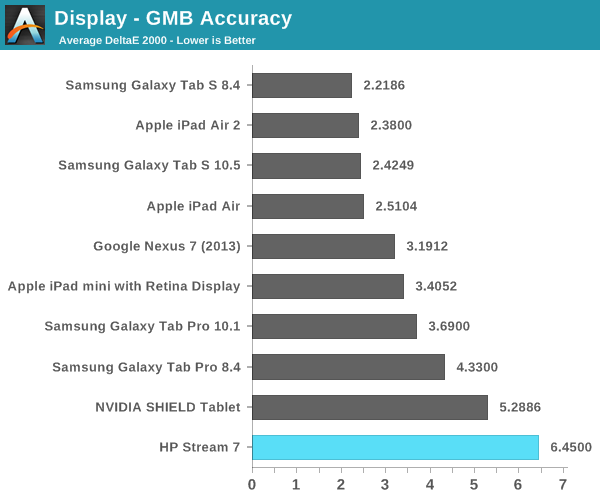
As with the grayscale test, we see poor performance in the saturation sweep. The display does not cover all of sRGB, and we see that for each 20% increment in the saturation sweep, the red, blue, and magenta saturations are all 20% lower than they should be and just generally inaccurate. The poor grayscale and saturation performance leads to a high average error in the color checker test, which means that the Stream 7 is not going to be able to accurately reproduce colors.
Again, this is to be expected with a device of this price point. It does however provide a good example of how the idea that IPS technology correlates with color accuracy is a misconception. With the prices of IPS displays being driven into TN territory by affordable eIPS panels, having an IPS display really just guarantees better viewing angles than a TN panel, nothing more.
One last thing to note about the display which does not show up in any measurements is that it is a 6bit + AFRC eIPS panel. This is not uncommon even in desktop monitors that cost as much as $400, but it does mean that there is noticeable posterization compared to a display with actual 8-bit color depth for red, green, and blue. This is not helped by the fact that Internet Explorer is not smart about displaying images; it doesn't seem to apply the same dithering that Chrome and Firefox do to mask color banding.
Calibration
Fortunately, the HP Stream 7 runs Windows. Unlike Android and iOS, Windows has color management capabilities. This allows us to calibrate the Stream 7 in an attempt to fix some of the issues with the display. We are working with a narrow gamut panel here so we aren't going to see much improvement to the saturation test, but we can certainly improve grayscale and color accuracy within the display's gamut.
After creating and applying an ICC profile created by CalMAN, we see a dramatic improvement in grayscale performance on the Stream 7. Gone is the shift toward blue, with a white point of 6595K that is very close to standard. Shades of grey are now accurate enough that you would be unable to see a difference from a reference monitor. These improvements unfortunately are accompanied by a significant drop in luminance, with a max display brightness of 308.5 nits after calibration.
We see slight improvement in the saturation sweep, but it's still nothing exceptional and unfortunately bound by the display's small color gamut. However, there's a significant improvement in the color checker test, although much of this can be attributed to the improvements in grayscale. There is an overall improvement in the accuracy of colors, but a few colors actually have a greater error after calibration than before. The biggest improvements are to mixtures of green and red, which has a significant impact on photos and videos by improving the accuracy of skin tones.
Overall, I'm surprised that the Stream 7 was able to be improved this much. It's certainly not perfect after calibration but it's much better. Unfortunately, I don't think many buyers of the Stream 7 are going to have the necessary equipment to calibrate the display properly, so it's more of an academic exercise.


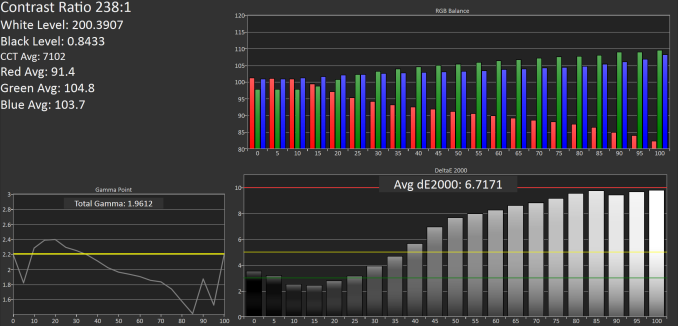
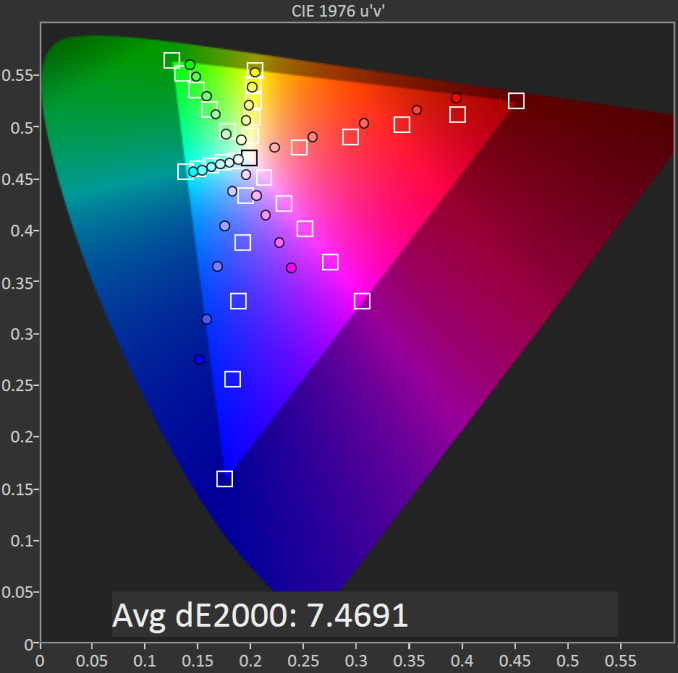
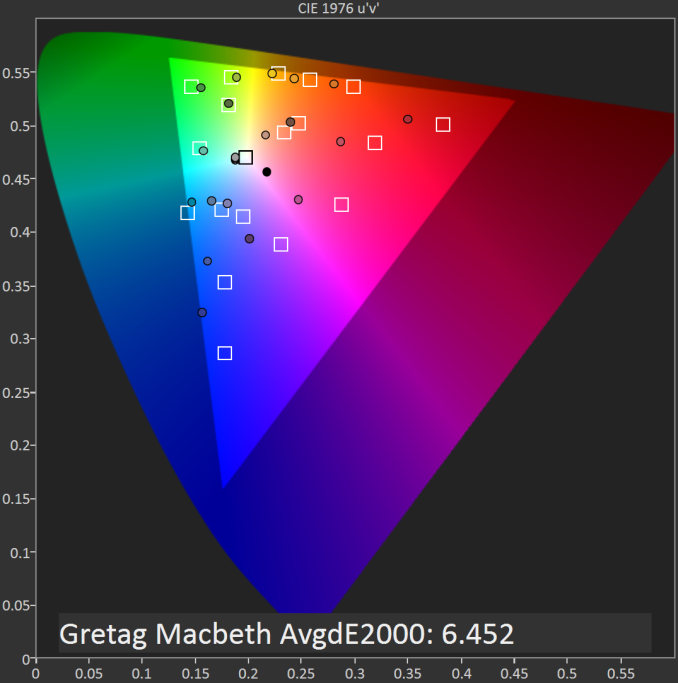
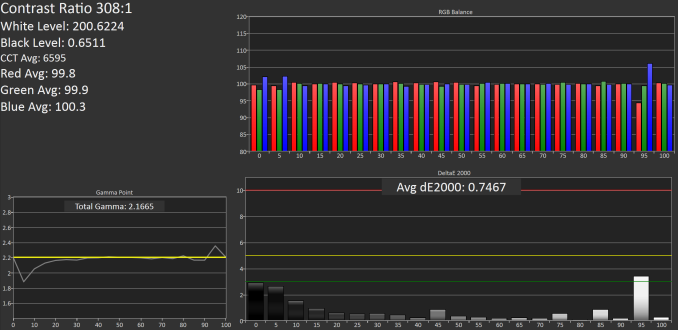
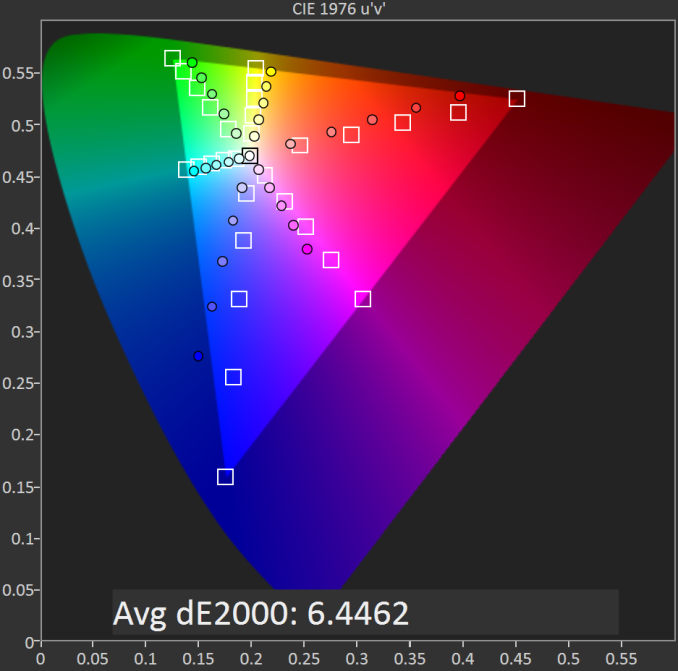
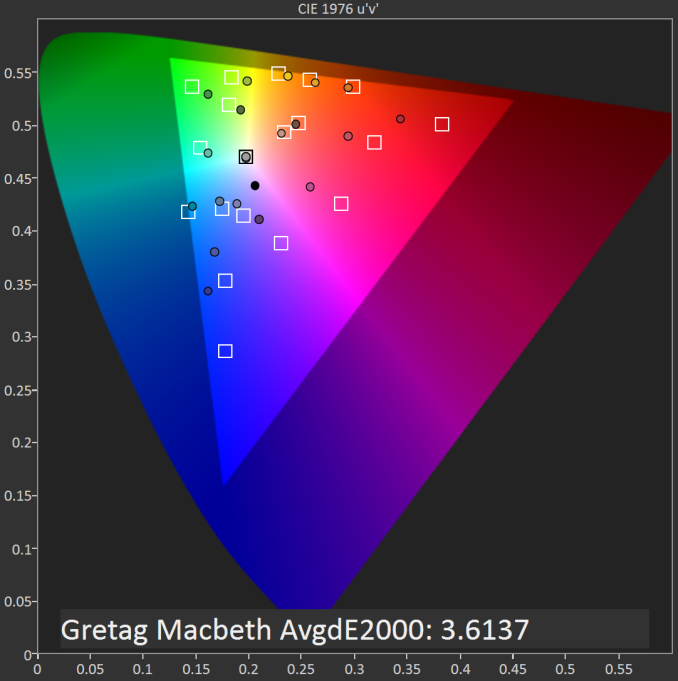








157 Comments
View All Comments
ados_cz - Monday, December 22, 2014 - link
Me too in my Linx 7.name99 - Friday, December 19, 2014 - link
As an alternative point of view, I'd like to point out that I (and I assume some other AnandTech readers) do NOT see every review as a rabid badge of tribalism. Rather, I'm interested in the state of the ENTIRE industry as a whole, and exceptional devices (whether exceptionally low-priced, exceptionally high performance, exceptionally high levels of interest) from any ecosystem are interesting, simply to see where things are going.cruzinforit - Friday, December 19, 2014 - link
Speak for yourself- I'm very interested in a cheap windows 7 tablet. I wouldn't pay more than this for one as I don't really need it. I have a full Windows 8.1 15" Ultrabook as my mobile device and my smartphone. I'm glad they cover the full gamut, from high end stuff to low end stuff like this.Infinite_Reality - Friday, December 19, 2014 - link
This isn't a boring device, did you happen to read the article? I bought one of these day one and it is very impressive for a $99 device.purplestater - Sunday, December 21, 2014 - link
because there are people interested in small tablets who couldn't care less about smartphonesWolfpup - Tuesday, December 23, 2014 - link
I think this is one of the more interesting things they could review. "No one in their right mind" cares about it? Eh? But they do care about Chinese imports?Err...actually this Stream stuff is a pretty major launch that lots of people care about, and this is potentially a really good deal (sounds like really only killed by the headphone jack).
I find reviews of things like this much more interesting/useful than like a review of the newest iPad which we pretty much know what it is and gets massive coverage.
darkbreeze - Friday, December 26, 2014 - link
This IS actually of interest to many of us. In fact, I just bought one last week after seeing it in OfficeMax for 99 bucks. My only interest in a tablet is portability for automotive diagnostics and since all my diagnostic applications run on the windows platform, Android or iOS is not an option.It works great and with a micro-USB to my wireless adapter for my OBDII reader I can now watch and diagnose in real time with no cords or bulky laptop to move around.
Acreo Aeneas - Tuesday, January 13, 2015 - link
Just because you might not care for a budget-oriented Windows tablet does not mean others are (as the replies below your comment speak to). Personally, I know little of the smartphone and tablet side of Windows mobile and this tablet has definitely piqued my interest (to say the least). I have friends and colleagues who are in the Windows sphere and want a Windows tablet for work. This is a nice cheap alternative without them learning a new OS (Android, iOS) and dealing with mismatches between a Windows desktop and a Android/iOS mobile device (very average users).noorish - Thursday, February 12, 2015 - link
I actually searched for this item and was happy to find this informative article, it is a "tablet" not a cell phone and I for one am glad to get some more info. Thanksdarryl hall - Monday, June 15, 2015 - link
"boring device..." Try asking anyone who has on a whim picked this up. I haven't bothered to charge my iPad 4 in months. Unfortunately reviewers typically don't have the attention span to get a handle of a device before they review it. The desktop mode works so much better. pair the HP stream with the free virtualmouse app and the whole screen becomes a trackpad leaving you with a very capable full windows desktop in your back pocket. Any semi capable desktop OS is inherently more powerful and flexible than a mobile OS. I wish some publication would do a review of the actual desktop performance--which utilizes the native processing power of the hardware instead of focusing on only the metro subsystem.